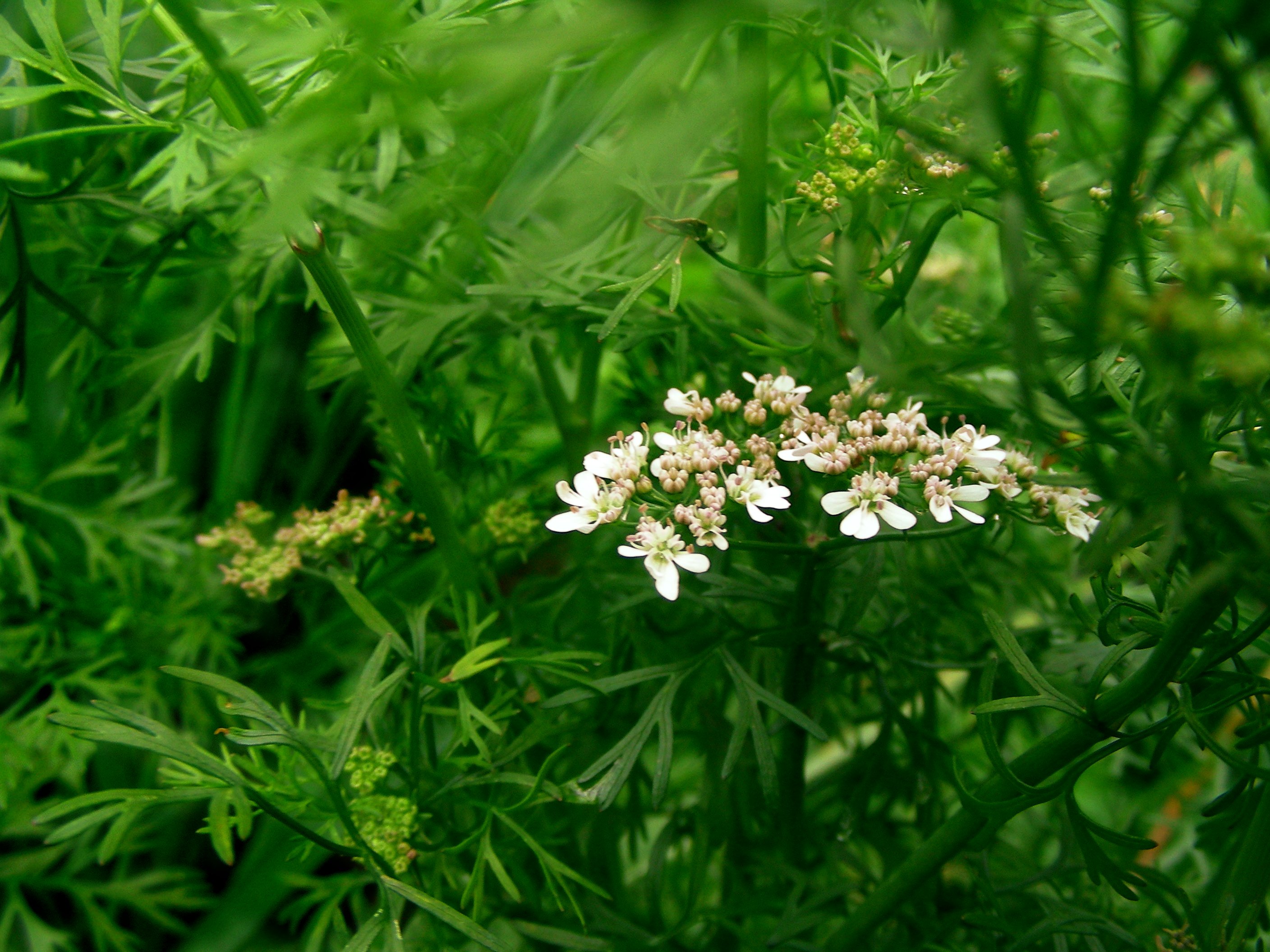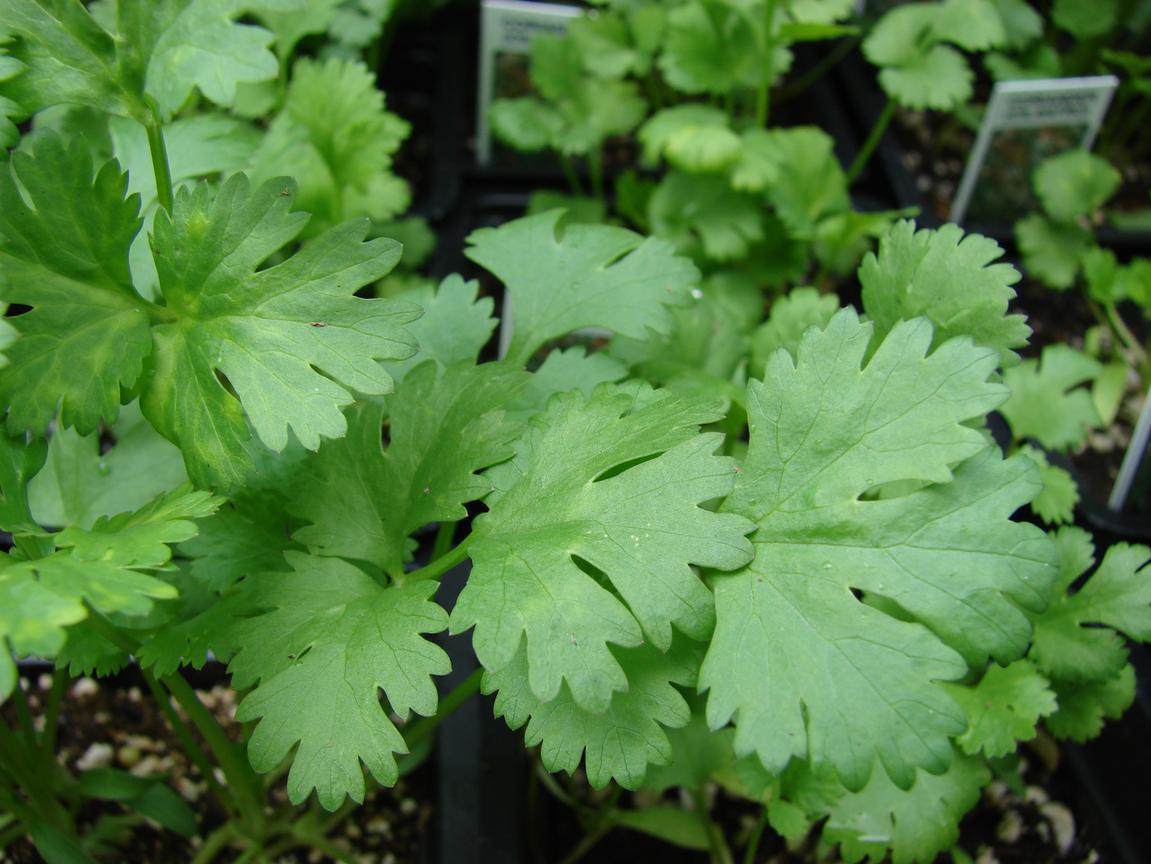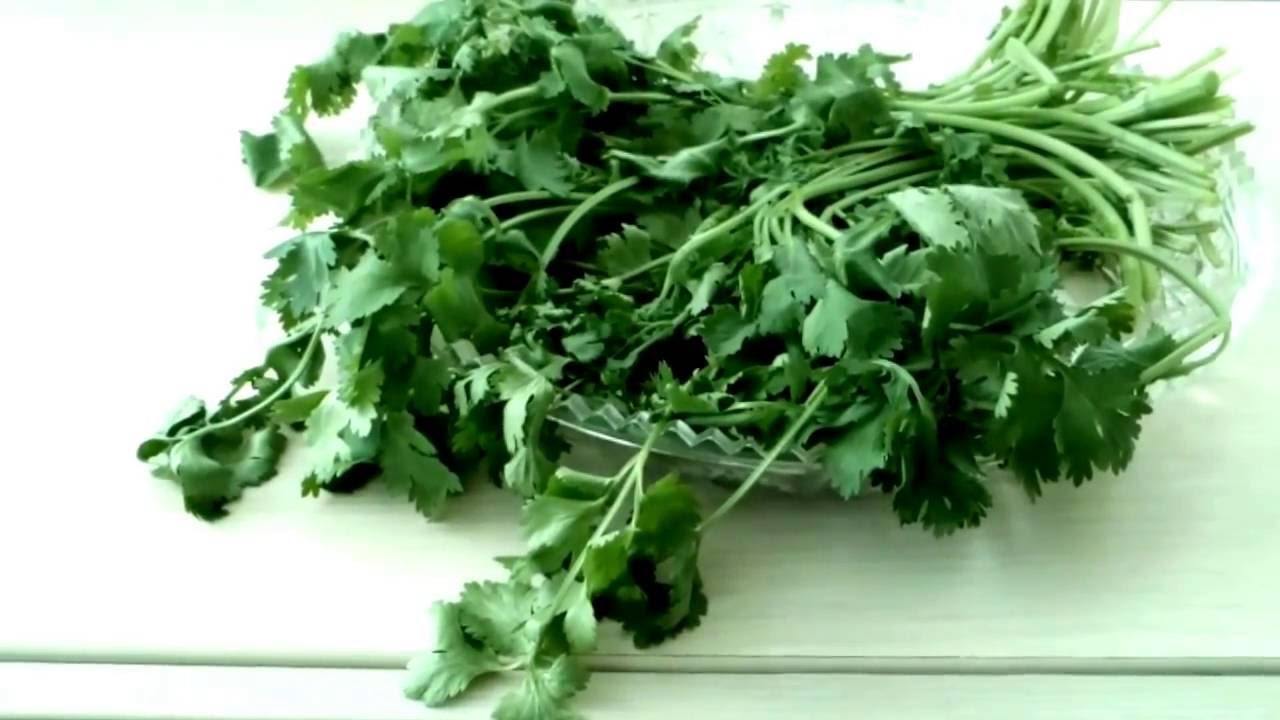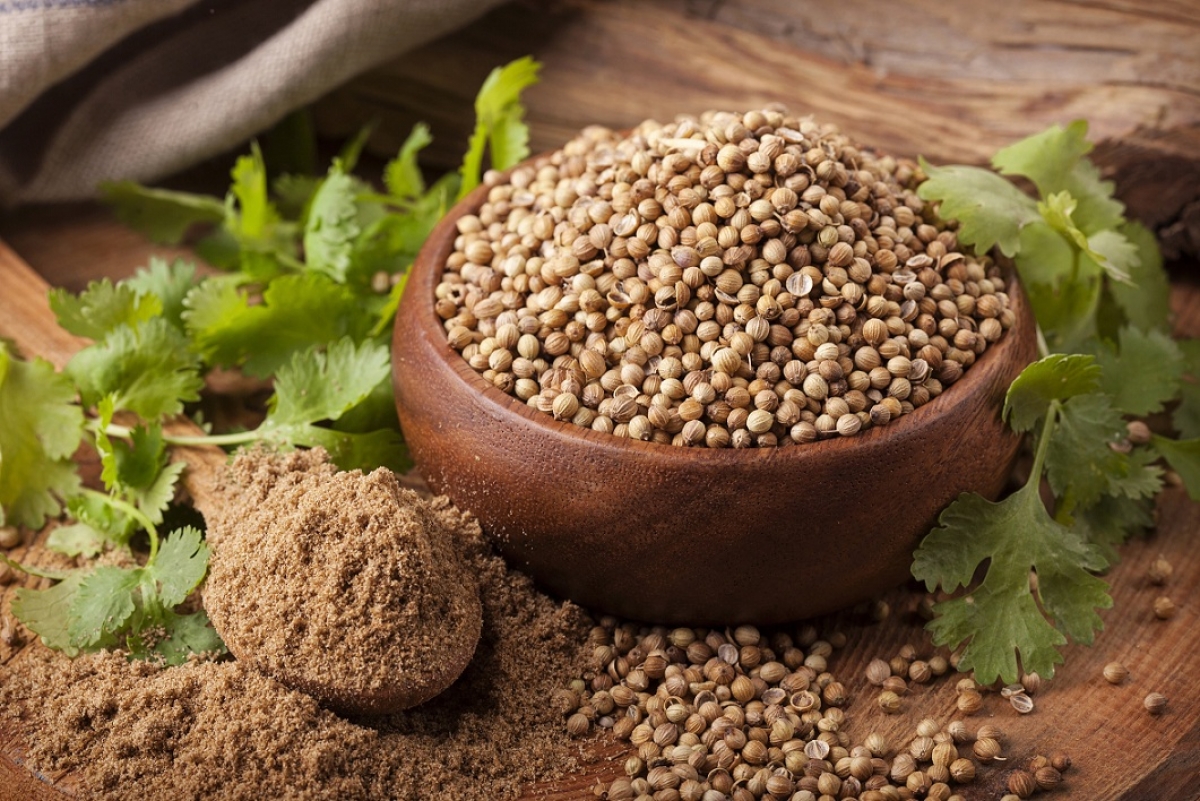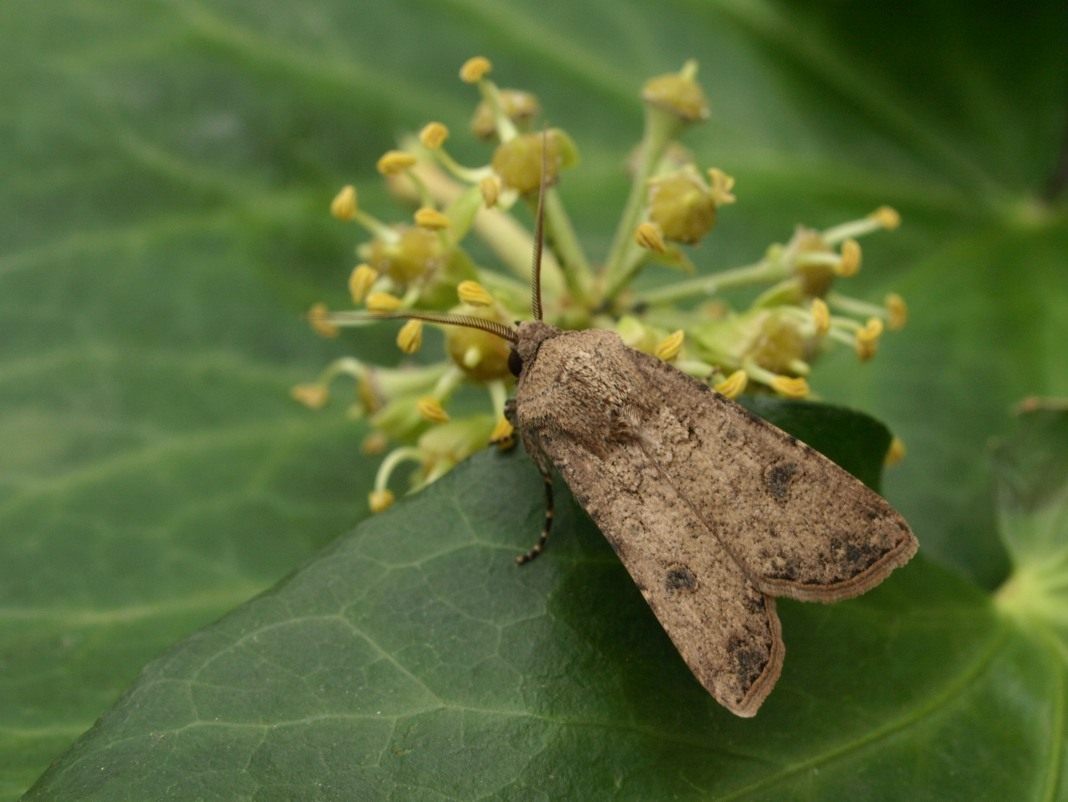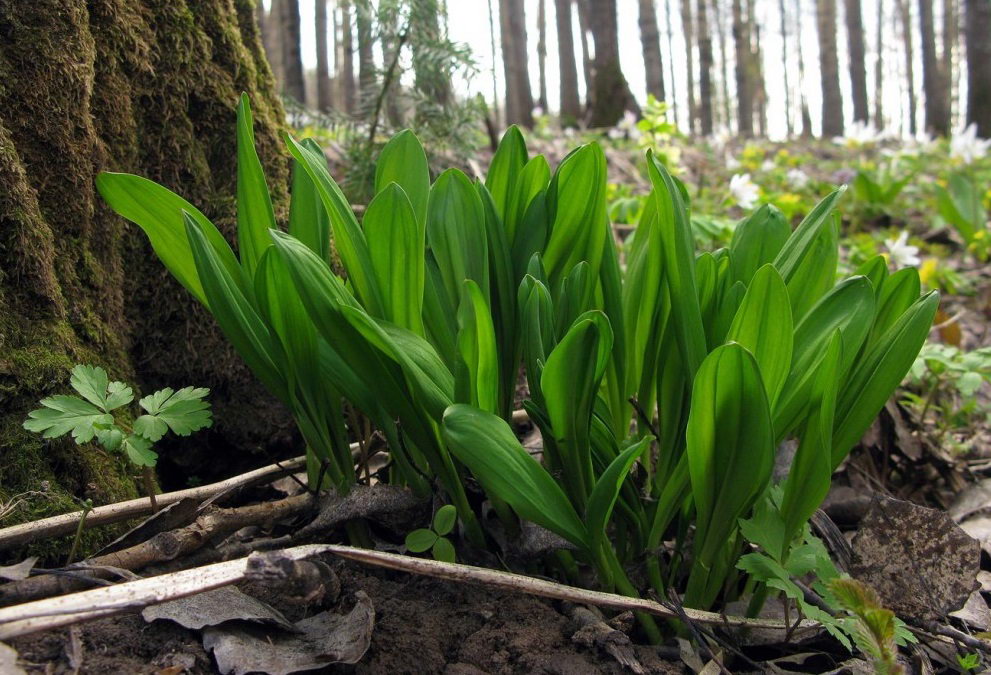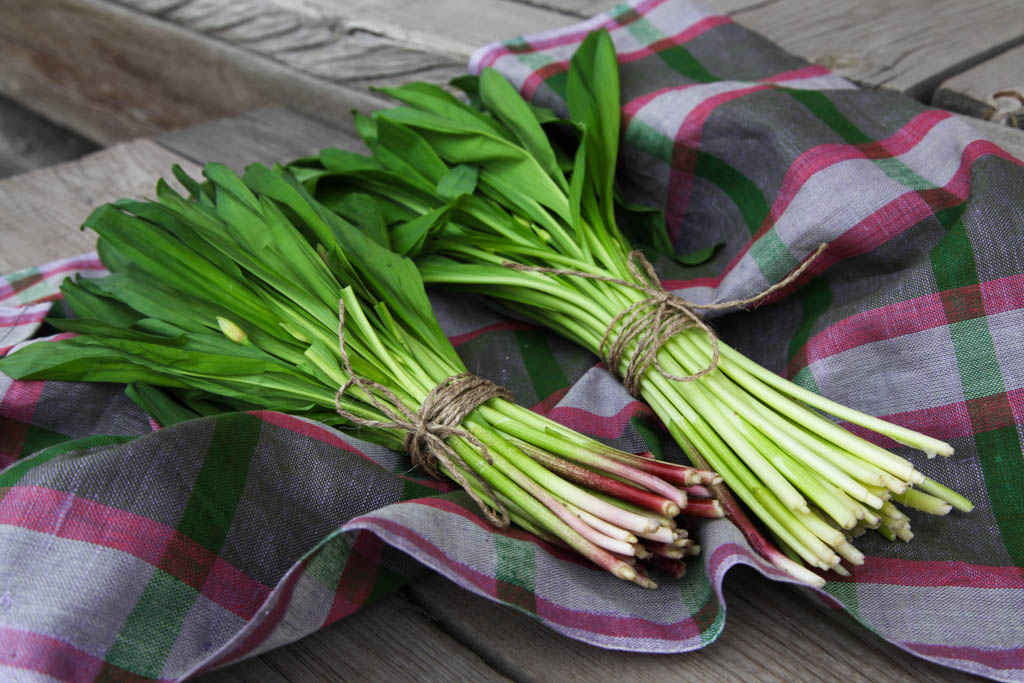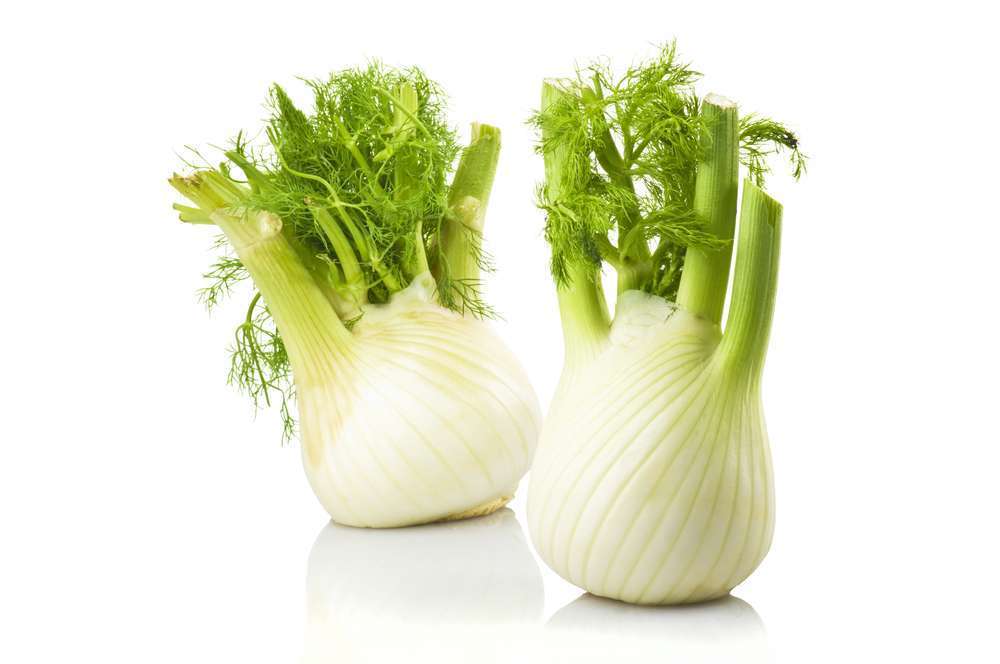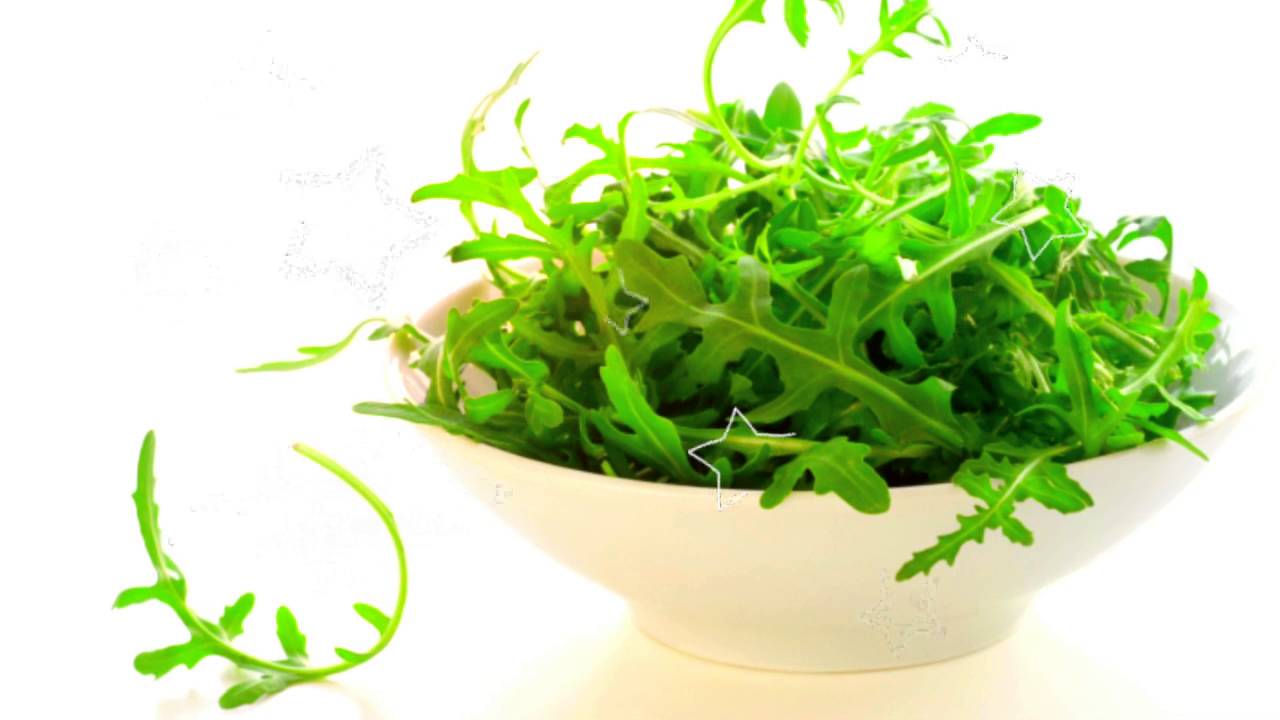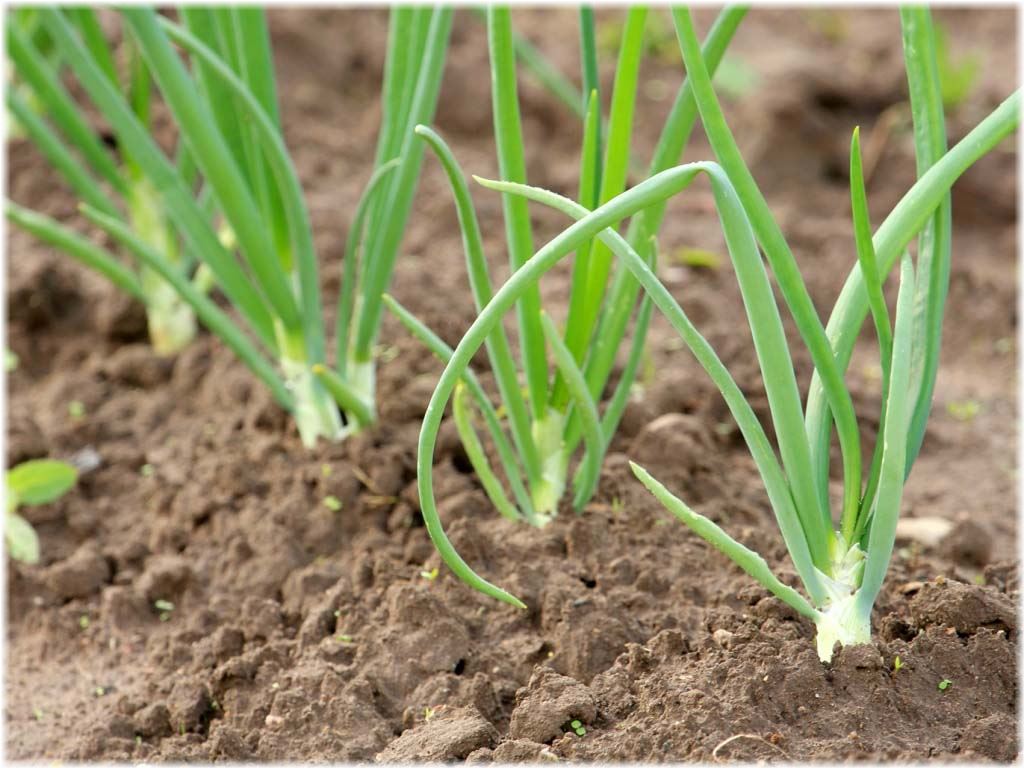Coriander is an annual herb. The genus of coriander is the Umbrella family. The origin of the culture began in the eastern regions of the Mediterranean. The ancient spice has long been known in Central Asia. The wild way of growing is found in the Crimea and the Caucasus. There is mountain coriander, which became known as keshnish. Cultural cultivation can now be found in any country house, because the plant has become popular not only in the southern regions. Externally
cilantro looks like parsley, but by rubbing a leaf, cilantro can be easily distinguished by its characteristic aroma.
Description of culture
The flowers forming a complex umbrella are small, white or pale pink in color. The coriander color is an excellent honey plant. Plant stem height - up to 100 cm, top branching with a fusiform root. Botanically referred to as coriander seed, belonging to the Celery family. The green, fragrant, heavily dissected leaves are called cilantro, another name for coriander.
When the plant is in bloom, the delicate leaves become inedible. At this time, round boxes begin to ripen - the seeds of the plant. At first, the color of the seeds is green, and during the period of full ripening they become dry and change to a brown hue. Many people do not know what this plant is called coriander. Whereas its seeds are used as a seasoning in ground form, and greens are cilantro in fresh, frozen and dried. You can buy greens or grow them yourself by planting seeds in the ground.
Description of varieties
The varieties can be divided according to their purpose: some are vegetable varieties, used to collect greens, such varieties bloom later, extending the growth time of the green mass. Greens of this
cilantro of the plant is especially tender and aromatic. Other varieties are used when the crop is supposed to be grown not only for greens, but also for collecting seeds. In this case, varieties are selected from which high-quality seeds will ripen.
Varieties of culture are also divided into places of growth: potted, for open and closed ground, for universal purposes. The fresh crop is harvested, depending on the ripeness of the variety.
Before planting, the seeds can be soaked in water, and in order to collect more than one crop, when sowing a crop in the future, it is no longer necessary to soak the seeds.
The most popular vegetable crops:
- Avant-garde is a compact plant, small in size, with a strong spicy taste and good foliage, suitable for indoor potting. In order to collect the second and subsequent harvests, the seeds are sown several times;
- Armenian is a mid-season variety. The leaves are tender, highly aromatic. Advantages of the variety: cold resistance and resistance to fast stemming. Productivity - 0.6 kg / m²;
- The king of the market is an early ripening variety with the ability to gain a large amount of green mass. Coriander greens are also called cilantro. The compact bushes of cilantro have a strong aroma from leaves to stems;
- Picnic is an early ripe variety, a dense bush with compact toothed leaves. It has a mild but intense taste and aroma. Available for growing at home on windowsills;
- Taiga is a late variety, used to obtain high quality bundled products. Compact appearance, 40 cm high. Medium-sized leaf, medium dissected, with a strong odor.Cold-resistant variety, recommended for open and closed ground;
- Caribe f1 is a new Dutch variety. Differs in good foliage, delayed shooting, gives cilantro a mild taste with a strong aroma;
- Venus is a late-ripening type of vegetable coriander. A high-yielding variety with an abundance of lush greenery. A distinctive feature is a long economic life. Fresh, medium-sized leaves are good for salads and main dishes.
Coriander greens are also called cilantro, and there are dual-use varieties that use both greens and seeds:
- Alekseevsky is an annual mid-season cultivar belonging to the type of cultivation for harvesting mature seeds. The shrub grows up to 1 m in height. A variety for growing outdoors. It is sown in early spring. Throws out umbrellas with pale pink small flowers. The stems linger a little, so that such coriander seeds, when ripe, do not crumble. Seeds with a high essential oil content: essential oil - 2.8%, fatty oil - 21.9%. Useful harvest of mature seeds - 150g / m²;
- Borodinsky is a medium ripening variety (40-45 days). It is recommended to grow outdoors from the end of April. The bush is tall, reaching 75 cm. For continuous collection of greens, correct sowing every 2-3 weeks. Average yield - 2.5 kg / m². The variety is unpretentious to soil conditions and shade, suitable for greenery and for grinding seeds in spices. Dry coriander and cumin are part of the spices for Borodino bread;
- Amber is a mid-season variety, well leafy with spicy aromatic greens. Seeds can be sown by direct sowing in open ground until mid-summer. Productivity - 150 g / m². A bush of medium height - 40-50 cm. A well-proven variety, it is unpretentious to various climatic and soil conditions. Not a perennial variety has high cold resistance and drought resistance. Suitable for cilantro seeds - coriander, which contain the greatest nutritional value;
- The debut is a mid-season variety for growing outdoors. Planting is recommended in early spring. The plant quickly forms flower umbrellas.
Culture properties
The chemical composition of the plant is rich in essential oils, vitamins: A, B, C, E, K, PP, choline, high carotene content. Minerals in the composition: selenium, iron, zinc, potassium, sodium, magnesium, phosphorus. In terms of the amount of nutrients, coriander seems to be like a picture of a pantry of health. The Caucasus cannot be imagined without sauces such as adjika, satsebeli, tkemali or hop-suneli seasonings, in which cilantro is an essential ingredient. The herb has such a characteristic fragrant aroma that it is difficult to replace it with anything when cooking. Greens are also used to prepare salads, cold and hot dishes from fish, meat and vegetables. Another name for cilantro is coriander. Like cardamom, coriander can also be added to flavor baked goods. The seeds are used in various marinades.
Coriander is useful to discover for people with low immunity, because the plant has tonic and tonic properties. Cilantro can be called a plant that cleanses the blood and intestines, normalizes cholesterol levels, and removes toxins. Most of the nutrients are stored in cilantro seeds, which are also called coriander. It is better to store the seeds as a whole in a closed container, and grind them before use.
Herbal preparations, which include coriander, are used to stimulate and normalize digestion. This collection has an antispasmodic and choleretic effect.
The unforgettable scent of the plant has an invigorating effect on the body. With all the usefulness and safety of using both herbs and plant seeds for food, it is not recommended to abuse coriander in large quantities.Due to the content of essential oils, the specific bitterness of cilantro in unlimited quantities can have a negative effect on the stomach. Therefore, people with gastrointestinal diseases are not advised to use a lot of seasonings.
There is a contraindication for use during pregnancy and lactation.
Also, a large amount of coriander, more than 4 g per day, instead of a beneficial effect, can cause irritability, sleep disturbance and bring down the female body cycles.
Diseases and pests
Coriander is not very susceptible to disease, but if the leaves and stems look brownish, the plant is affected by a fungal disease - ramulariasis. This is due to the increased humidity of the air and soil.
The most dangerous pest is the cilantro beetle, otherwise called the coriander beetle, seed eater.
There are other coriander pests:
- umbrella and striped bugs;
- winter scoop;
- wireworm.
For the prevention of powdery mildew, seed-eating beetle and other pests and diseases, preventive methods of control are used, adherence to agricultural techniques: sowing coriander at an early date, harvesting seeds, preventing them from shedding, using a separate growing method. After harvesting the coriander, the soil is dug by at least 20-22 cm. In the depths of the soil, the seed eater dies.
In general, this culture is unpretentious, in order to find out what coriander is and what it tastes like, it is enough to sprinkle seeds in your garden in early spring. The culture will delight you with good survival rate, fast germination and dense foliage throughout the season.
